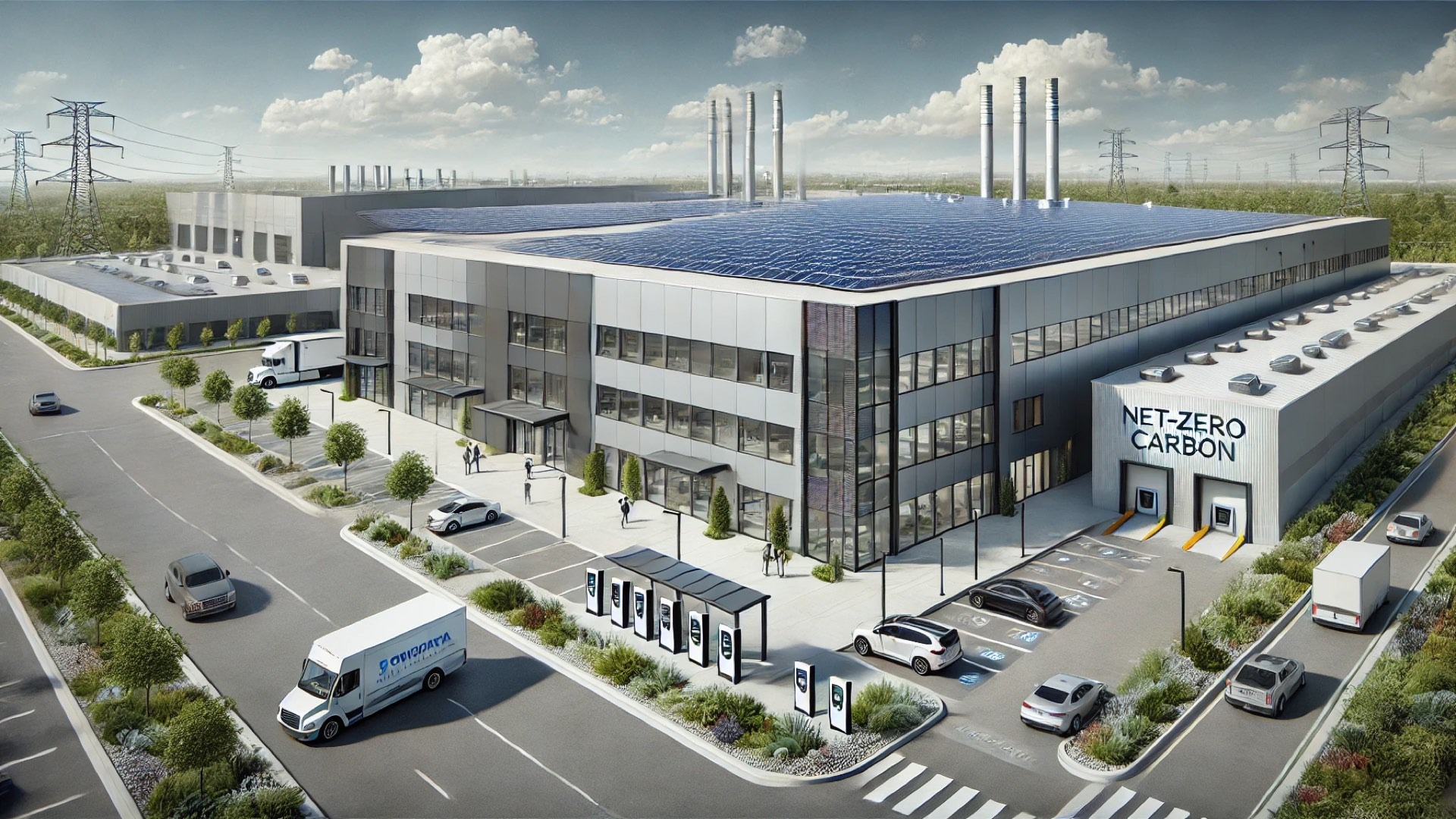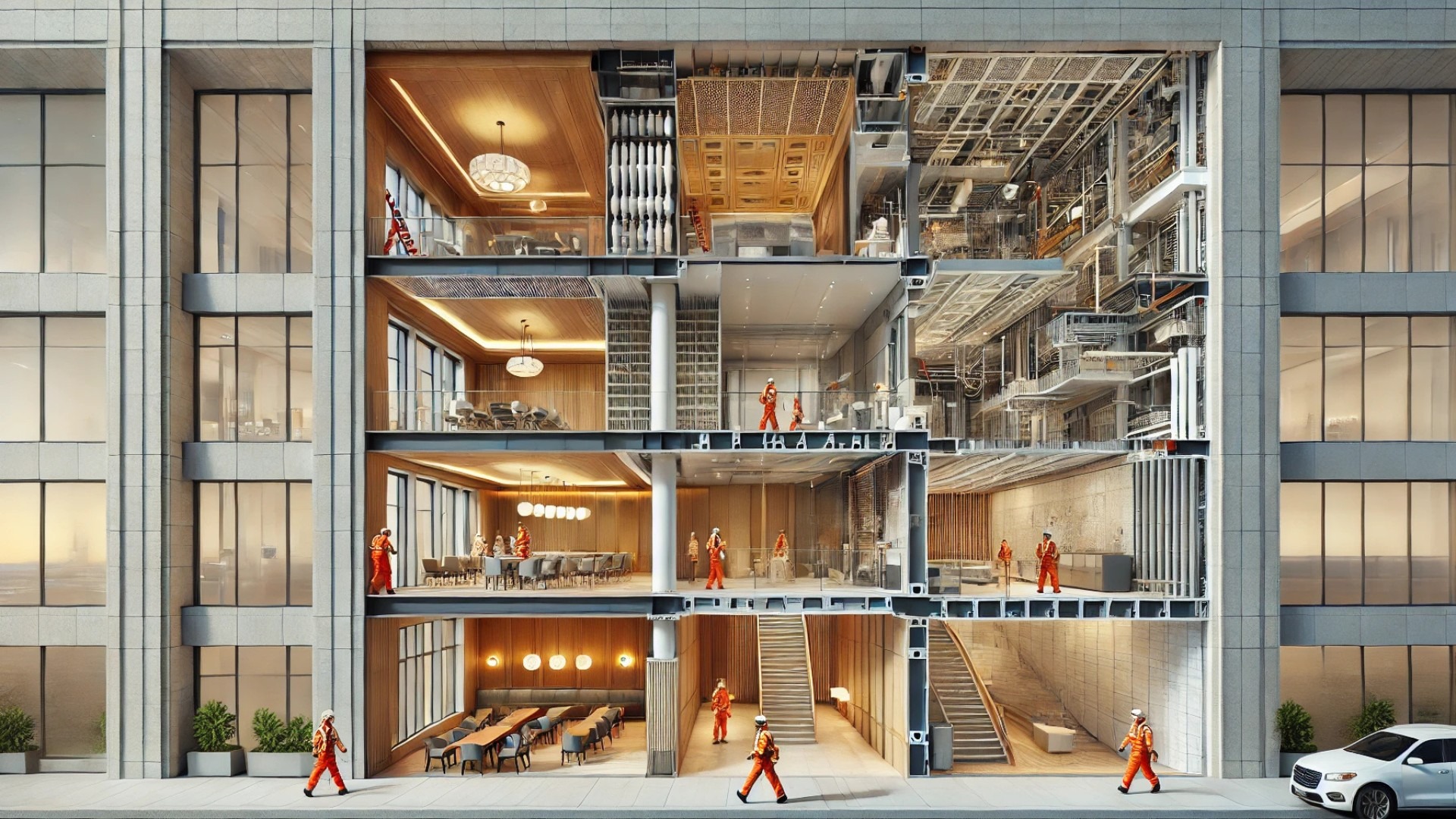
The Future of Industrial Architecture
Ontario has recently marked a significant milestone by unveiling its first design-certified net-zero carbon industrial building, setting a new standard for sustainable construction. This innovative structure reflects a growing trend where eco-friendliness and operational efficiency intersect. Net-zero buildings, which generate as much energy as they consume over a year, are rapidly gaining traction as crucial components in addressing climate change and reducing carbon footprints.
Investing in Sustainability: The Economic Perspective
From an investment standpoint, the implications of building net-zero facilities are compelling. These structures often require higher initial capital expenditures due to advanced materials and technologies. However, the long-term benefits can be substantial. For instance, energy-efficient buildings typically see lower operating costs, providing owners with reduced utility expenses and potentially higher returns on investment (ROI) over time. In an era where energy prices are fluctuating, the financial prudence of investing in sustainable infrastructure becomes increasingly clear.
Innovative Design Features
This pioneering industrial building not only emphasizes carbon-neutral construction but also showcases cutting-edge design features aimed at maximizing energy efficiency. Key elements such as advanced insulation systems, solar panels, and energy-efficient HVAC systems play a vital role in achieving net-zero status. These attributes not only contribute to sustainability but also enhance the overall durability and lifespan of the facility.
The Role of Policy and Community Support
The realization of Ontario’s first design-certified net-zero carbon industrial building is also a testament to effective policy-making and community support. Governments at all levels are recognizing the importance of sustainability in urban planning and are incentivizing the development of eco-friendly infrastructure. Local governments can serve as catalysts for change by implementing regulations and incentives that foster sustainable building practices, ultimately benefiting the community at large.
Future Implications for the Industry
This development not only positions Ontario at the forefront of sustainable industrial architecture but also sets a precedent for future projects. The collective momentum towards net-zero buildings could spur further innovations in construction technologies and practices, redefining how we approach industrial design. As more businesses seek to align with sustainability goals, the demand for net-zero buildings is likely to increase, driving industry-wide changes.
Conclusion: Joining the Movement
The unveiling of Ontario's first design-certified net-zero carbon industrial building serves as a significant symbol of what the future could hold for sustainable construction. As stakeholders recognize the economic benefits and essential role of sustainability in contemporary urban planning, there’s an exciting opportunity for more projects to follow suit. By embracing such developments, not only do we contribute to a healthier planet, but we also set the stage for enhanced property value and operational longevity.
 Add Row
Add Row  Add
Add 




Write A Comment